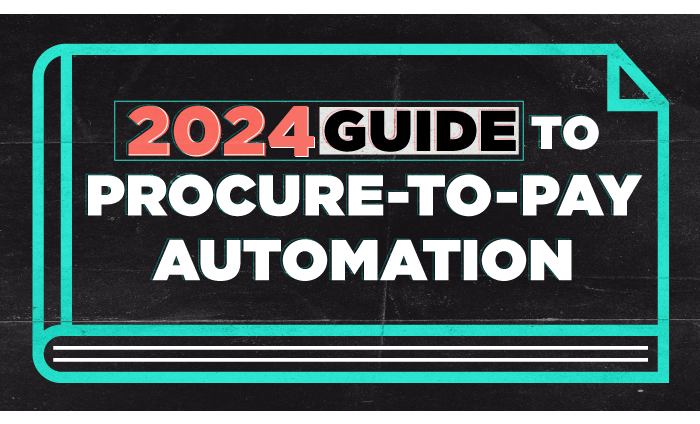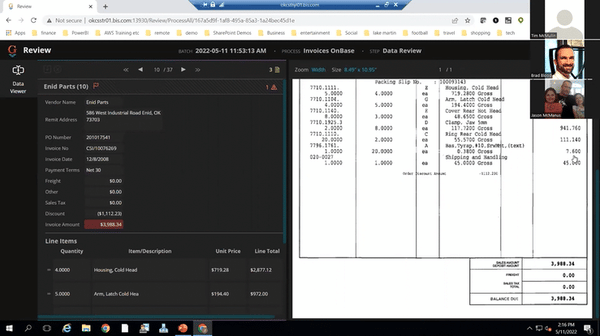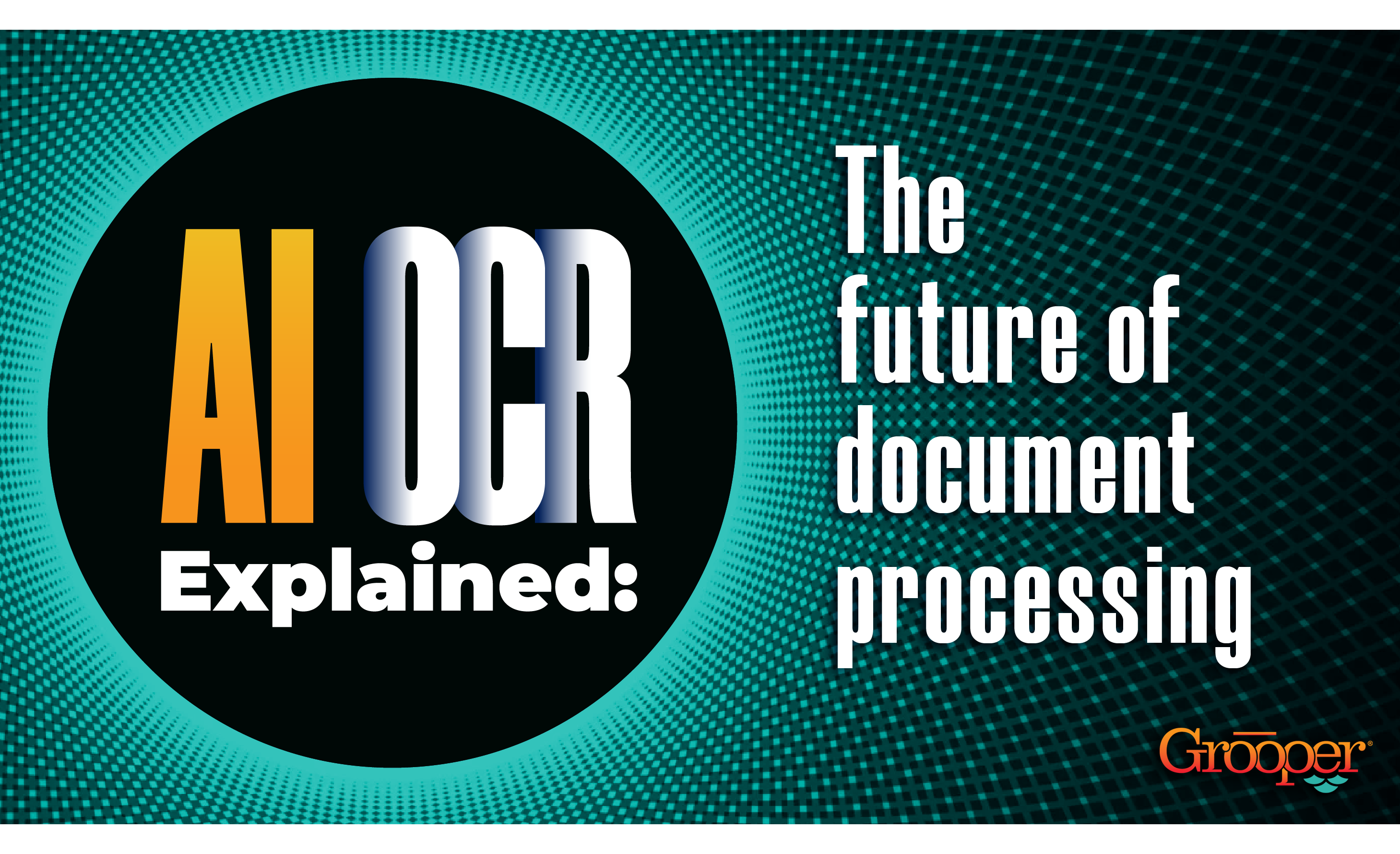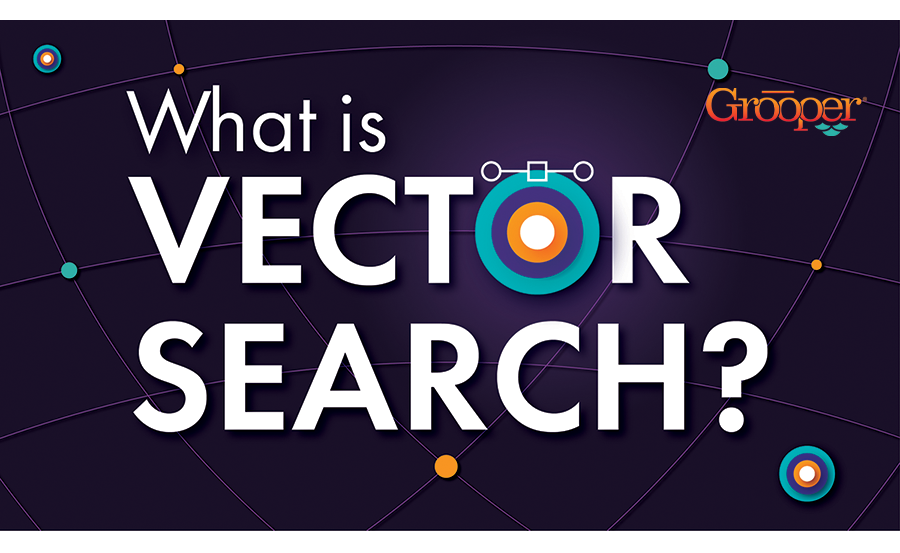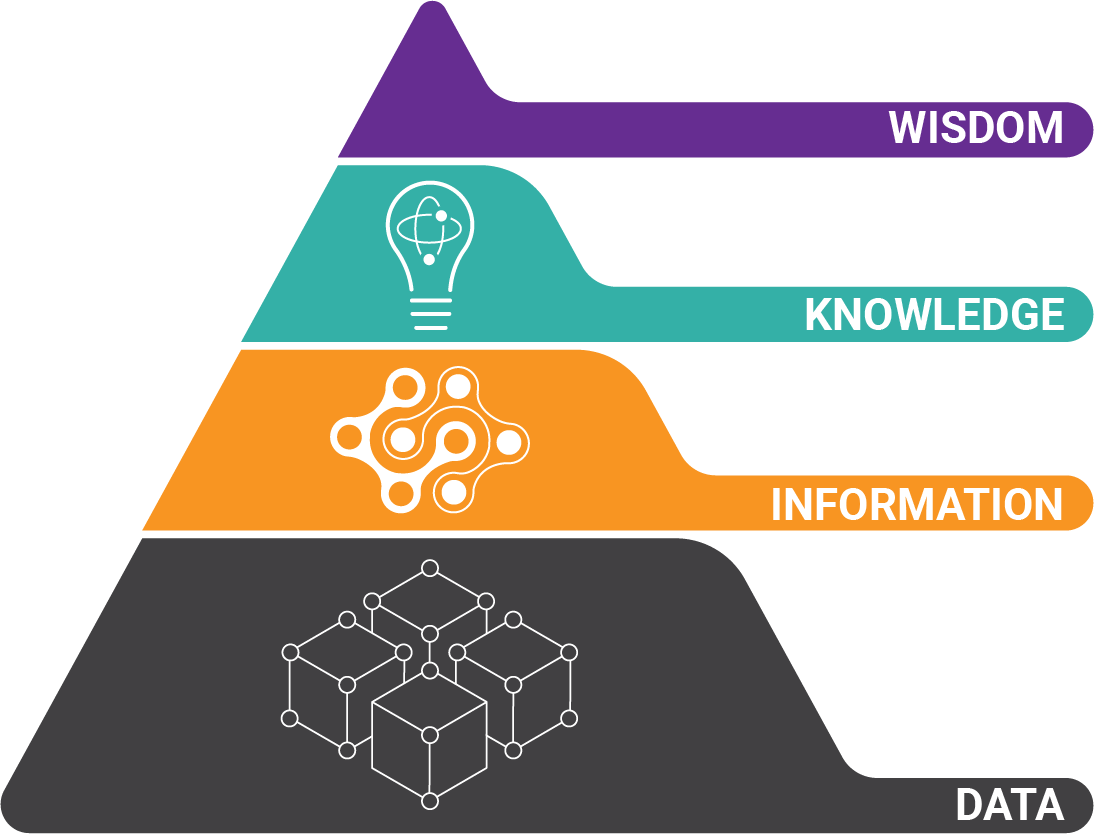The goal of Procure-to-Pay (P2P) automation is automating time-consuming and low-level human activities. Big benefits include freeing up employees for higher-value tasks, getting more return on labor costs, and saving significant time and money.
We will address all the pieces in the procure-to-pay process because there are several different processes within P2P. It's a lot more complicated than simply scanning a document and collecting data.

There are many areas that require a lot of human activity, from when someone fills out a purchase requisition to the time that you actually pay an invoice. So, there are many opportunities for you to benefit from P2P automation.
You may be asking, "How exactly do I do this?" and "Which areas of the lengthy P2P process can I get the biggest return for investment from?" Let's answer those questions now!
2024 Guide to P2P Automation - Table of Contents:
What is Procure-to-Pay Automation?
Which 6 Key Procure-to-Pay Processes Can Be Automated?
2. Vendor Selection and Contract Management
4. Receiving
What to Look for In Procure-to-Pay Automation Software?
Procure to Pay vs Invoice Processing - What's the Difference?
What is Procure-to-Pay (P2P) Automation?
 Procure-to-pay automation refers to a system of software solutions designed to maximize the efficiency of the lengthy procure-to-pay process, which includes tasks like vendor evaluation, selection, purchasing / procurement, receiving, invoice processing, and payment. P2P automation leverages software to eliminate painstaking, manual tasks, which saves significant time and money and improves inter-department collaborations on P2P processes.
Procure-to-pay automation refers to a system of software solutions designed to maximize the efficiency of the lengthy procure-to-pay process, which includes tasks like vendor evaluation, selection, purchasing / procurement, receiving, invoice processing, and payment. P2P automation leverages software to eliminate painstaking, manual tasks, which saves significant time and money and improves inter-department collaborations on P2P processes.
One big hurdle that P2P automation solves is aligning both the procurement and accounts payable functions, as these key functions are not always in alignment. Procurement departments have the goal of finding and selecting vendors while the goal of AP departments is to pay the bills.
As a result, the two different departments use different systems and data silos to perform their responsibilities and might even office in different parts of a building. Other departments (for whom the purchases are for) also are involved in the P2P process.
Looking at the entire procure-to-pay process this way – as a shared goal – helps illustrate the inherent challenges that multiple departments have in accomplishing complicated tasks together.
Therefore, implementing P2P automation greatly reduces the number of repetitive tasks needed in those departments. This immediately gives your AP and purchasing employees more time to focus on higher-value work that drives revenue and growth, reduces errors and fraud (via visibility into business operations), and improves supply chain management.
Get our Full Video: How to Streamline
Your Procure-to-Pay Process
 Fed up with the tedious and time-consuming manual tasks involved in your Procure-to-Pay (P2P) process?
Fed up with the tedious and time-consuming manual tasks involved in your Procure-to-Pay (P2P) process?
Discover how automating key P2P processes can revolutionize your organization's productivity, freeing up valuable time, money, and resources! GET THE FREE VIDEO:
Which 6 Key Procure-to-Pay Processes Can Be Automated?

1. Purchase Requisitions
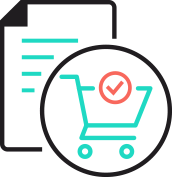 Whether you call them purchase requisitions or something else, an internal form has to be filled out by the requestor in your company to begin the purchasing process. Traditionally, many companies use paper forms, email requests (which are very inefficient and allow for no corporate control), or a homegrown fillable PDF form.
Whether you call them purchase requisitions or something else, an internal form has to be filled out by the requestor in your company to begin the purchasing process. Traditionally, many companies use paper forms, email requests (which are very inefficient and allow for no corporate control), or a homegrown fillable PDF form.
Before P2P Automation
Regardless, these traditional methods have several problems:
- No version control
- If your company suddenly requires a new data field to be collected in PRs, many people will continue to use the old form out of convenience. If it's a paper form, people will continue to use the stack of forms already printed out.
- No layout control
- Old versions still include old company logos, dated graphics, and layouts with errors in them.
- Little rules control
- Other than directions instructing the requester to send to for approval, there is very little way to automate which approver the req is sent to, often generating more work just to validate the process.
After P2P Automation: Web-Based Forms to the Rescue
What's the solution? Web-based forms, in which the company has control over updates, ensure that everyone is always using the newest version.
With web forms, employees aren't guessing which is the correct vendor or approver information. But based on the setup, all of this data can be automated. When you automate your procure, you will have:
- Total Version Control
- With one link, all users can be directed to the new form, controlled corporately. Paper or PDF forms are a thing of thing of the past.
- Layout Control
- Logos, graphics, and colors can be updated as your company adopts new styles.
- Advanced Rules Control
- This is probably the best benefit. New vendors can be picked from a drop-down list which auto-populates the correct vendor number and address. If a certain category is selected, specific approvers can be automatically selected.
And upon clicking 'Save Form', web forms are integrated with back-end systems, so PRs enter into the same workflows as invoices and receiving documents. All systems talk to each other because all data is sitting in one content repository.
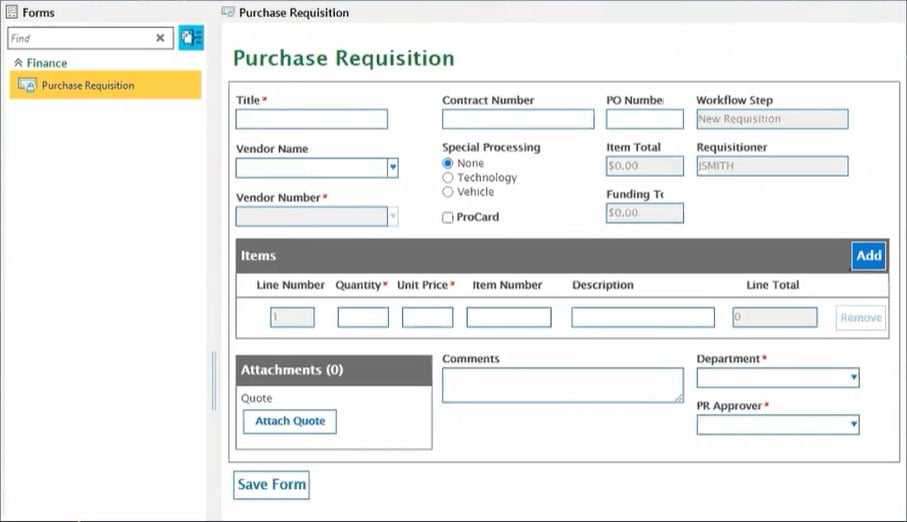
(This is just an example of a web form that's part of an entire workflow solution. Web forms are completely configurable, based on your needs.)
In this example, you may notice that 'Vendor Number' is grayed out and not selectable. That's because it was auto-populated, based on the vendor that was selected.
And upon selecting a department, the PR Approver was automatically filled in. Also, certain sections can be locked down (or even hidden) and only fillable by designated departments or specific people.
Purchase Requisitions Now in the Workflow
In this part of the process, the purchase requisition has been submitted and in the workflow. In P2P automation systems, only administrators or those responsible for approvals can see this screen:

Different approval buckets can be set up (in the upper left corner) and email notifications sent to managers or approvers when their employees submit PRs.
2. Vendor Selection and Contract Management
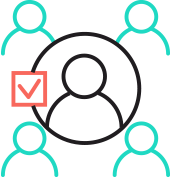 But what happens when a company is using the online form, but a vendor can't be found, because the vendor is not yet onboarded in a company's data and workflow systems?
But what happens when a company is using the online form, but a vendor can't be found, because the vendor is not yet onboarded in a company's data and workflow systems?
In that case, Vendor Selection and Contract Management are the next steps in procure-to-pay after requisitions are submitted. If a vendor already exists, the company can simply use the existing contract.
Before P2P Automation
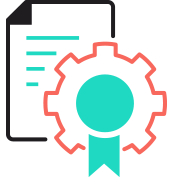 The contract management process (managing existing contracts, reviewing existing contracts, ensuring compliance) and vendor selection process (screening, identifying and creating a list of vendors) are both laborious and time-intensive tasks.
The contract management process (managing existing contracts, reviewing existing contracts, ensuring compliance) and vendor selection process (screening, identifying and creating a list of vendors) are both laborious and time-intensive tasks.
In order to get a vendor included in a centralized menu of approved vendors and the goods and services they supply, companies have to contact their procurement team to have the vendor onboarded quickly.
The problem is that vendor onboarding traditionally consists of procurement and legal departments examining contracts and the clauses within them. A lot of this work involves negotiating back and forth through red lines with lawyers.
This ends up being a labor-intensive process that slows down procurement, as contract specialists and lawyers have to manually scour documents looking for specific clauses.
After P2P Automation
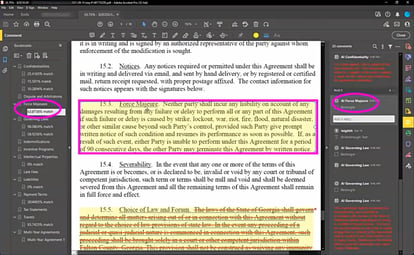 Using AI document processing solutions allows companies to quickly and easily find specific clauses from prospective vendors. They do this by comparing vendor clauses to your own clauses, and providing grades that plainly show how similar (or dissimilar) they are.
Using AI document processing solutions allows companies to quickly and easily find specific clauses from prospective vendors. They do this by comparing vendor clauses to your own clauses, and providing grades that plainly show how similar (or dissimilar) they are.
The AI document processing solutions then embed this data into Smart PDFs, along with bookmarks, highlights, and comments. Additional metadata can be highlighted or used to name PDF files. This metadata can include:
- Contract amount
- Contact names, addresses, etc.
- Requisition number
- Much more
So what's the big benefit to AP automation? Great clause matches can be highlighted, poor matches can be redlined, and bookmarks are placed in PDFs to make it very easy for procurement officers or lawyers to find important information.
Many hours or days can be cut off what was formerly a slow, labor-intensive process. And every hour that a company doesn't have to pay an attorney means big cost savings.
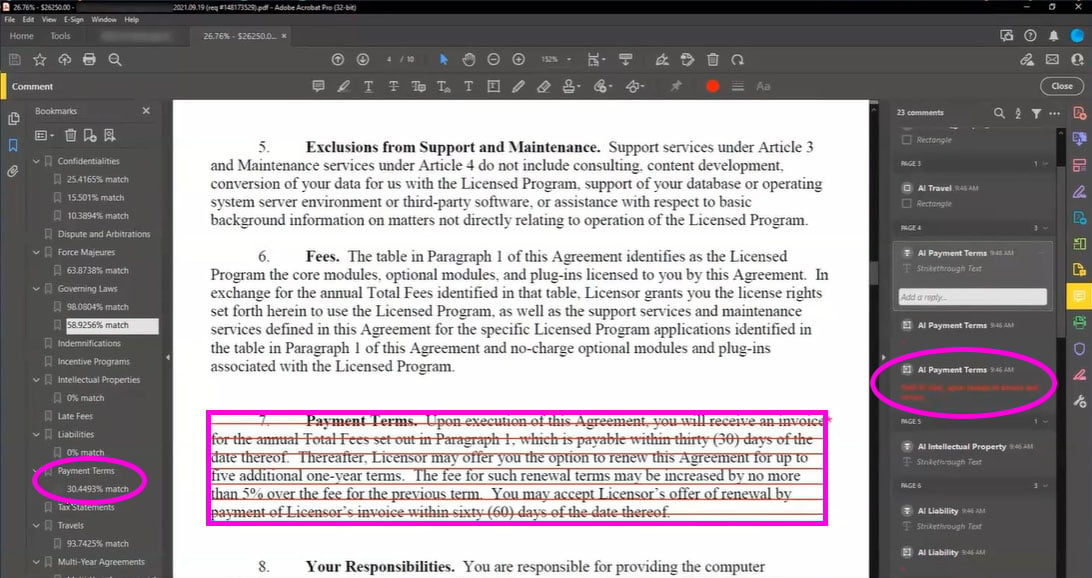
In this example, the Grooper AI document processing solution found a poor match, as this clause was only a 30.4493% match. So Grooper crossed it out with red lines, and added a bookmark.
Once a vendor is onboarded, notifications are sent immediately to streamline the process further.
AI for Contracts
Make sure your AI system for contracts is:
- Transparent
By using AI like natural language processing, some document processing systems are transparent. This means you can always see why the AI made a choice. If you are using a cloud engine or black box, you have no way of knowing why something deemed similar, or a match, or why it made a decision.
Make sure that the AI systems you choose are inspect-able, so you can see exactly why decisions were made, and you can make changes to the the AI solution if need be. - Configurable, Not Pre-Configured
The best AI document processing systems don't need hundreds of sample documents or blank samples to be trained on.
It should be a very simple process that is essentially 'bring in a sample, right click it, and train', and it's ready to go. - Easy to Output Data
The results can be output as a PDF, or subsets of data can be pushed off into databases, workflows, or various CMS systems. You can put it in various data formats as needed for the target system, as well.
3. Purchase Order
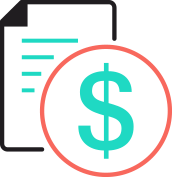 When the purchase requisition and vendor are approved, the next step is to create a document that contains all the particular requirements, quantities and specifications for those items and vendor.
When the purchase requisition and vendor are approved, the next step is to create a document that contains all the particular requirements, quantities and specifications for those items and vendor.
Before P2P Automation
Once again, this is a very manual process that includes typing in the correct information compared to the requisition and vendor contracts. If performed manually, creating POs is a very inconsistent and error-prone process.
After P2P Automation
By using an enterprise resource planning (ERP) solution, an organization can significantly improve the process by automating all of these tasks. Purchase orders can be automatically created and sent to the vendor.
4. Receiving
 One of the biggest challenges in this step of the procurement process is knowing whether you are receiving everything that you purchased.
One of the biggest challenges in this step of the procurement process is knowing whether you are receiving everything that you purchased.
If there is a difference, most companies want to know this as soon as possible. Many vendor SLAs designate time frames to report receiving discrepancies in order to get credited back for the missing items.
So automation in this step is vitally important to get protection in real time against loss due to receiving errors.
Before P2P Automation
Even the largest companies do not always send EDI or XML files that are easily injected into accounting systems.
Instead, they provide PDFs that force accounting departments to manually copy and paste data from the shipping document into accounting systems so accounting can inspect differences in that delivery data. And if they only provide you paper copies that require scanning and manual data entry, you will lose even more valuable time.
After P2P Automation
Using automation solutions like Grooper, physical paper receiving documents can be scanned and have their data automatically extracted and injected into accounting systems. Slow, manual data entry is virtually eliminated, which makes finding receiving errors much faster
Or if a vendor gives you electronic documents (such as EDI or XML files), Grooper can easily accept those as well:

In this example:
- A 24-page shipping document with hundreds of products is dropped into a folder
- Grooper looks in the folder, and extracts the 24 pages of item data,
- Grooper then creates an uploadable CSV file — perfect for this specific accounting system
- If an API existed for this vendor portal, Grooper can directly connect to this vendor portal and directly push this data in the accounting system
Even if you are getting EDI file feeds, the format might not match your ERP system. In that case, Grooper can also normalize / convert electronic data from one format into another - automatically, with no human intervention.
5. Invoice Processing
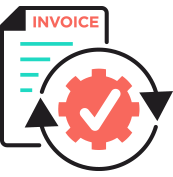 By this point, we have already created a requisition, onboarded the vendor, sent the approved order out, and received the goods. So now you receive a bill.
By this point, we have already created a requisition, onboarded the vendor, sent the approved order out, and received the goods. So now you receive a bill.
Before P2P Automation
Without automation, you are forced to scan the paper document and your staff has to manually key in all of the data into your business systems. This is incredibly time-consuming, costly, and prone to many human errors. Not to mention, your staff hates it.
After P2P Automation
The biggest goal in P2P Automation is reducing the low-value human activities, like manually keying in invoice data into accounting or ERP systems. You save thousands of hours of painstaking labor and significant money.
Those same finance team employees are then free to perform more valuable tasks, and are much happier.
Automating the matching of accounting documents, and having invoices, receiving documents and POs in one central repository with the data allows AP staffs to perform simple matching and validation — even if members of the staff are working remotely anywhere in the world.
We see many companies struggle with getting invoice data to remote AP staff quickly and securely.
So if you have AP staff working remotely, P2P automation solutions save substantial time, costs, and manual labor - while giving you corporate safety control over your documents and data.
Automation for Faster Invoice Approvals
Using the automation found in intelligent document processing software, the data is captured for your AP platform to use. By pulling these documents (and supporting documents, like POs) from an ERP, the invoice can be routed to appropriate departments and parties for approval.
But you don't want staff to have spend time examining these documents unless there's an issue. And you will be able to identify those issues through:
- Business rules
- Logic
- Mathematical validation
- Database lookups
- All of these happen simultaneously in the background to make sure everything is correct before approval
If there are discrepancies or errors, the P2P automation system will notify a human operator of the issue.
Invoice Scanning
Invoices can come in via email, traditional mail, or other avenues. In this example of invoice OCR scanning in Grooper, any user with internet access, a web browser, and any type of scanner can scan invoices into the system.
No Separator Sheets
Important: With this document processing system, no separator sheets are needed to separate different invoices, multi-page invoices, invoices from different vendors, or invoice types. The entire goal is to automate all low-value human work, and separator sheets are no longer needed, which gives you a huge time savings.
Many companies still have to separate their invoices based on batch classes. Only antiquated document processing systems require this, as they don't have modern technology that can detect document differences and separate them correctly.
If your automation system needs separator sheets, it's not a modern, quality automation system. It's that simple.
Scan Only One Time
The best P2P automation systems only need you to scan invoices one time. Any changes to clean up document images can be applied any time after scanning. But these changes can also be automated, to save you time in not having to apply changes for every batch of documents.
Processing Every Invoice and AP Document
Following scanning, modern document processing solutions within the overall P2P automation system have automated all of these tasks:
- Finding all the data you want on your documents
- Extracting data correctly off documents
- Separating documents from each other
- Organizing / classifying documents by document type, vendor, etc.
- If there is anything in the batch that isn't an invoice, Grooper will automatically notice that and classify those documents as a different document type
6. Processing Payments
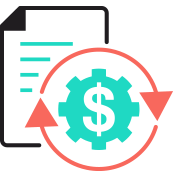 Once the invoice is approved, a payment will be submitted to the vendor. But how do you easily pay the invoice? How much time do you spend reconciling payments?
Once the invoice is approved, a payment will be submitted to the vendor. But how do you easily pay the invoice? How much time do you spend reconciling payments?
There are many companies that struggle with this step of the P2P process. But we've partnered with a great company that specializes in automated payments.
Automate vendor payments on day one. We'll negotiate with your vendors to get them paid the way they want to get paid, right out of your ERP system. If we can get your vendors to take virtual cards, we'll share the rewards with you, making payments a profit center!
For the vendors who refuse virtual credit cards, they can use ACH payments on your behalf or simply cut checks for vendors. But you never have to worry about paying your vendors again - pure automation at your fingertips.
What to Look for In Procure-to-Pay Automation Software? 4 Things
Every organization is different and handles purchasing and procure-to-pay differently. Regardless of your processes and workflows, it's important to find P2P solutions that can scale, are customizable, and use automation that is low-code.
But here are some specific things to look for in procure to pay software:
1. Easy Data Review
This consists of your staff dealing with the few exceptions or problems that Grooper found in a P2P process.
In this example, Grooper found only three issues among 37 pages. It shows you exactly where the math discrepancy is, and it allows the human to easily provide the right data.
Those issues can be easily corrected, and the documents and data are then exported to your into your accounting, ERP, or content systems.
2. Searching for AP Documents and Data in Your System of Record
In this situation, your documents and data have been released into your long-term content storage system. Now what? How can P2P automation assist after an item has been procured and paid for?
P2P Automation lets you easily search for data in invoices or AP documents. You can find the document you need quickly by searching for any data from it.
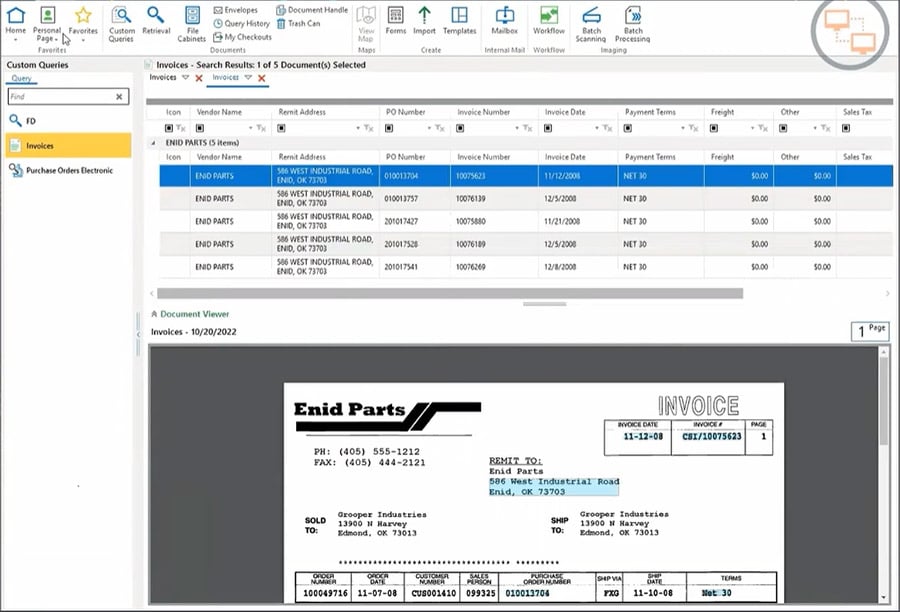
3. Easy Audit Trails
This solution enables you to search with any variety of query or activity, as long as you have security access. In case something suspicious happens with a document, audit trails can also be enabled to:
- Track user activity
- Create a history of what happened with a document
- Log who accessed it
- Log what machine was used to access a document
4. Automated Invoice Matching
The same workflow system that was used to approve a PR is also the same system used to approve an invoice. Using automated matching, the invoice can be matched to the PO and receiving document.

1) On the left, there are folders for different departments to approve.
Near the middle top, there are tabs for 'Receiving Documents', 'Purchase Orders' and 'Scanned Invoices.' All of these are linked together by common characteristics in the documents, like PO number.
Someone can easily toggle between the tabs and see all document related to that order.

2) This is the same screen, but on the 'Purchase Orders' tab.
In your environment, this would have passed the automated matching test and a user would not have had to see any of this because everything matches up.

3) This is the same screen, but on the 'Receiving Documents' tab, so you can see the packing slip.
You can easily verify that all information is accurate.
As each person approves their portion of an invoice, it moves to the next step. The PO, invoice, and receiving document are connected and can be found easily on the screen's tabs at the top.
Procure to Pay vs Invoice Processing - What's the Difference?
With enterprise content management, much of the focus is on invoice processing because that's the most document-centric part of P2P. When you receive electronic or paper invoices, businesses need to collect a lot of data off of it and get the data into their systems.
But with procure to pay, invoice processing software is included in P2P, but there is much more to it. P2P processes begin with purchase requisitions. For example, someone needs to order a new laptop or a software subscription, or any number of different products or services.
The next steps in P2P are negotiating with vendors, onboarding vendors, approving purchase requisitions, generating purchase orders, automating payment to vendors, etc. For total Procure-to-Pay Automation, the goal is using different technologies to work together to fully automate the the entire accounting process from beginning to end.
About the Author: Brad Blood
Senior Marketing Specialist at BIS
